1. Anneliese Michel’s Ordeal Lasted Over 10 Months

In the movie, Emily’s possession and exorcism seem to take place over a condensed timeline. In reality, Anneliese Michel underwent 67 exorcisms over 10 grueling months. The sheer length of her suffering makes the real story much harder to stomach.
2. Her Symptoms Were Terrifyingly Extreme

While the film portrays Emily experiencing convulsions and hallucinations, the real Anneliese endured far worse: she reportedly ate insects, drank her own urine, and displayed unnatural strength. These details were too unsettling even for Hollywood.
3. Medical Explanations Were Dismissed
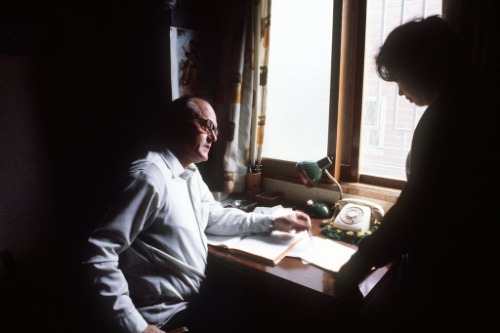
Unlike the film’s courtroom debates, Anneliese’s real-life condition was steeped in tragedy because her family and priests rejected medical intervention. Diagnosed with epilepsy and psychosis, she stopped treatment in favor of exorcisms, amplifying the horror of her situation.
4. She Believed She Was Possessed by Multiple Demons

The film touches on demonic possession, but Anneliese claimed to be inhabited by not one but several demons, including Lucifer, Judas, Cain, and Nero. This overwhelming presence made her experiences deeply disturbing.
5. She Became Severely Malnourished
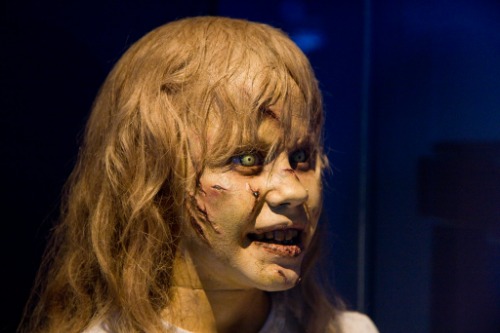
Anneliese’s physical condition deteriorated horrifyingly. Weighing only 68 pounds at her death, she was emaciated due to self-starvation, which she believed would help purify her from the possession. It adds a layer of tragedy the movie didn’t fully capture.
6. Her Death Was Declared Negligent Homicide

Unlike the ambiguous ending of the movie, the real case led to the arrest and trial of her parents and the priests. Anneliese’s death was ruled as a result of negligent homicide, highlighting the real-world consequences of her ordeal.
7. The Recordings Are Chilling

The movie avoids showcasing any real audio evidence, but recordings from Anneliese’s exorcisms exist—and they are haunting. Her guttural growls, screams, and distorted voice are not only unsettling but also heartbreaking.
8. It Wasn’t Just Religious Fanaticism—Anneliese Wanted the Exorcisms
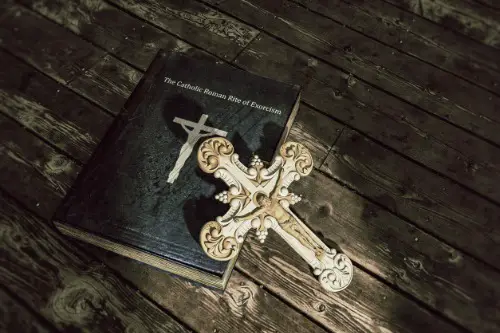
Unlike the fictional Emily, Anneliese herself begged for exorcisms, believing that she was fighting a spiritual battle for humanity. Her willingness to endure such torment makes the story far more personal and tragic.
9. She Exhibited Supernatural Behavior
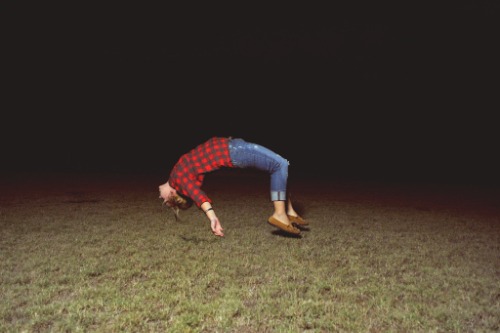
Accounts from those present during her exorcisms describe inexplicable phenomena: Anneliese reportedly spoke in languages she’d never learned, like Latin, and demonstrated superhuman strength, adding to the fear.
10. Her Devout Faith Made the Possession Even More Shocking
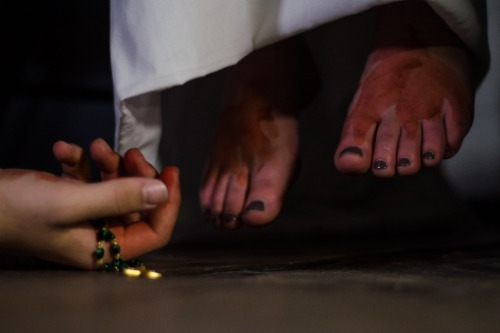
Anneliese was raised in a deeply Catholic family and was known for her devout faith. The contrast between her spiritual upbringing and her horrifying possession makes the real story feel even more sinister.
11. Her Story Sparked Widespread Panic
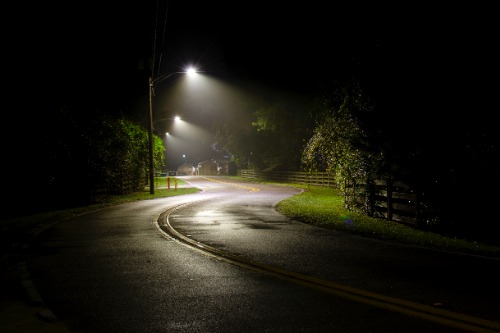
In the aftermath of her death, Anneliese’s case ignited fears about demonic possession across Europe. This ripple effect of terror shows how her story resonated far beyond her family, something the movie doesn’t fully explore.
12. It Questions the Line Between Faith and Mental Health

The real-life case forces uncomfortable questions about the balance between religious beliefs and medical science. Was she failed by her faith or by medicine? This moral ambiguity is far scarier than any Hollywood jump scare.
13. The Role of Authority Figures Is More Disturbing
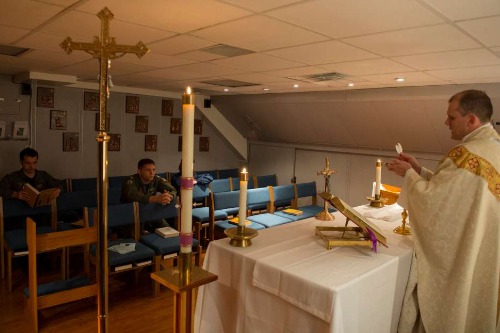
In the movie, the priest is portrayed as a hero with some doubts. In real life, the priests who performed the exorcisms were charged with neglect, making their role in Anneliese’s suffering much darker and more complicated.
14. Anneliese’s Diary Is Heartbreaking

The movie lacks the personal touch of Anneliese’s own writings. Her diary reveals a young woman torn between her faith and a terrifying affliction, making her story even more harrowing.
15. The Case Still Haunts People Today
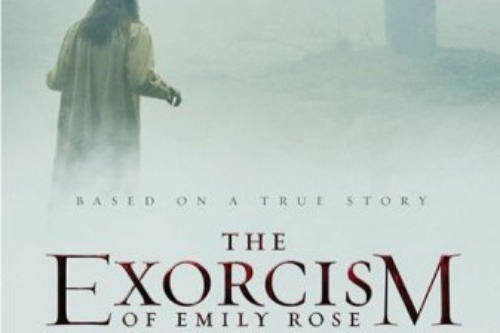
Unlike a fictional story that ends when the credits roll, Anneliese’s case continues to haunt those who hear it. The unresolved debates about possession versus mental illness, and the ethical questions it raises, linger in a way that no movie could replicate.
The real-life story of Anneliese Michel is more than just a terrifying tale—it’s a tragic exploration of faith, suffering, and the human condition. Sometimes, reality truly is scarier than fiction.


